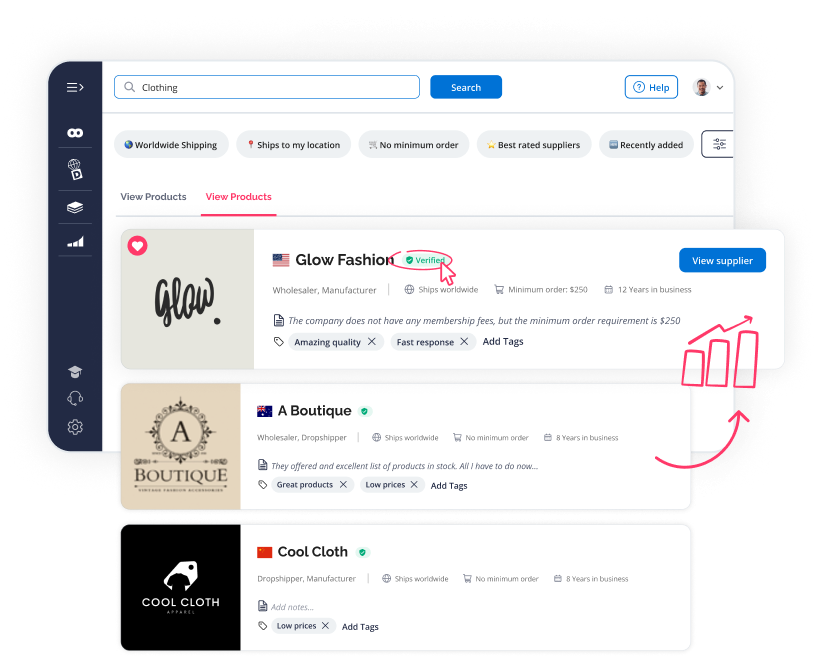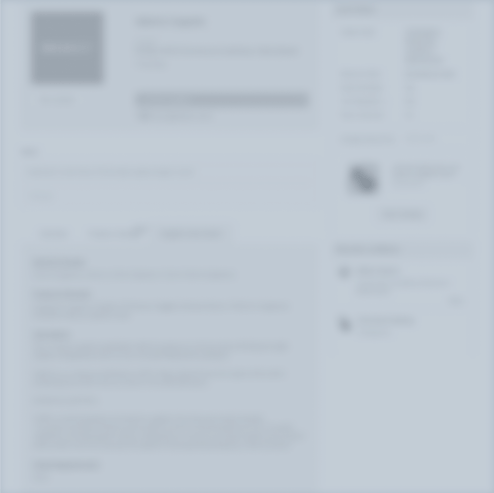Wholesale Bandanas for Online Retailers
Bandanas are a versatile accessory that appeals to a wide range of customers, from fashion enthusiasts to outdoor adventurers, making them a smart addition to any product lineup. When sourcing bandanas, look for suppliers who offer a variety of materials—cotton for comfort, polyester for durability—and diverse prints to cater to different styles and trends. Prioritize manufacturers with sustainable practices and robust quality control to ensure you provide customers with both stylish and reliable products

Here’s a selection of suppliers waiting for your call
Manufacturer Supplier
 Verified
Verified
 Join to contact this supplier
Join to contact this supplier
 No Minimum Order
No Minimum Order
 16 Years in SaleHoo
16 Years in SaleHoo
Products stocked
About
Manufacturer Supplier
 Verified
Verified
 Join to contact this supplier
Join to contact this supplier
 No Minimum Order
No Minimum Order
 5 Years in SaleHoo
5 Years in SaleHoo
Products stocked
About
Wholesale Supplier
 Verified
Verified
 Join to contact this supplier
Join to contact this supplier
 No Minimum Order
No Minimum Order
 12 Years in SaleHoo
12 Years in SaleHoo
Products stocked
About
Manufacturer Supplier
 Verified
Verified
 Join to contact this supplier
Join to contact this supplier
 No Minimum Order
No Minimum Order
 16 Years in SaleHoo
16 Years in SaleHoo
Products stocked
About
Manufacturer Supplier
 Verified
Verified
 Join to contact this supplier
Join to contact this supplier
 No Minimum Order
No Minimum Order
 23 Years in SaleHoo
23 Years in SaleHoo
Products stocked
About
Wholesale Supplier
 Verified
Verified
 Join to contact this supplier
Join to contact this supplier
 No Minimum Order
No Minimum Order
 16 Years in SaleHoo
16 Years in SaleHoo
Products stocked
About
Manufacturer Supplier
 Verified
Verified
 Join to contact this supplier
Join to contact this supplier
 No Minimum Order
No Minimum Order
 5 Years in SaleHoo
5 Years in SaleHoo
Products stocked
About
Wholesale Supplier
 Verified
Verified
 Join to contact this supplier
Join to contact this supplier
 No Minimum Order
No Minimum Order
 14 Years in SaleHoo
14 Years in SaleHoo
Products stocked
About
Wholesale Supplier
 Verified
Verified
 Join to contact this supplier
Join to contact this supplier
 No Minimum Order
No Minimum Order
 6 Years in SaleHoo
6 Years in SaleHoo
Products stocked
About
Manufacturer Supplier
 Verified
Verified
 Join to contact this supplier
Join to contact this supplier
 No Minimum Order
No Minimum Order
 14 Years in SaleHoo
14 Years in SaleHoo
Products stocked
About
Other product suppliers available...
Trusted by 137,000+ entrepreneurs worldwide

7-day trial today
suppliers in the USA and internationally.
Frequently Asked Questions
Bandanas are typically made from cotton, polyester, or blends of these materials. Cotton is preferred for its breathability, while polyester offers durability and moisture-wicking properties.
The MOQ for bandanas usually ranges from 100 to 1,000 units, depending on the supplier. It's essential to check with individual suppliers for their specific requirements.
Common printing methods for bandanas include screen printing, sublimation, and digital printing. Each method has its advantages in terms of color vibrancy, durability, and cost-effectiveness.
Request samples before placing a bulk order to evaluate the quality and material. Additionally, check for certifications and reviews from previous customers for assurance.
Lead times for custom printed bandanas typically range from 2 to 6 weeks, depending on the complexity of the design and the supplier's production schedule. Always confirm the timeframe with your supplier to avoid delays.


